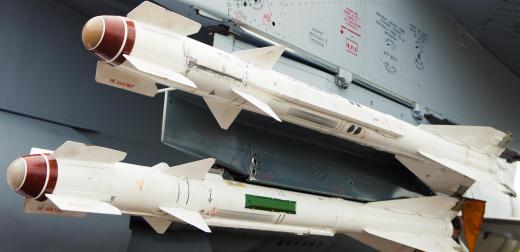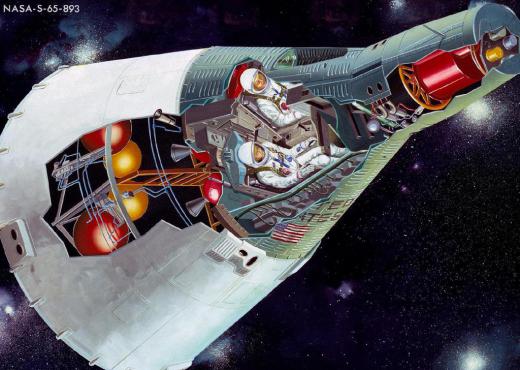What is a Pulse Radar?
Pulse radar is a well-known method of detecting objects by emitting short pulses of radar energy into space and then detecting the energy that bounces back after it hits an object. To determine the object’s distance, the radar system measures the length of time a pulse travels to and from the object. Pulse radar has important functions in air traffic, naval and military object detection, weather surveillance and space exploration, among other uses.
The predecessor for the pulse radar system was the monopulse radar, which has the ability to approximate an object’s location and position from a singular pulse. It was invented in 1943 by Robert Morris Page. The monopulse radar was used sparingly because of its expensive maintenance, and it was used only in special instances, such as in tracking the Nike Ajax missile and in the United States' Apollo, Gemini and Mercury space explorations. It has since become the basis for all subsequent radar technology.

The pulse radar system has two kinds. The first kind is the simple pulse radar, which sends out one energy pulse at a time. After the pulse is reflected back, the radar transmits another energy pulse. This process establishes an object’s distance and can estimate the speed at which it is traveling, though the estimation is not highly accurate.
The other type is the pulse-Doppler radar. This kind is more sophisticated because it operates on the principle of the Doppler shift, which states that an object changes its wave frequency as it moves toward and away from the observer. The pulse-Doppler radar emits a steady stream of radar pulses. By analyzing several pulses, as opposed to only one, it makes for a more accurate reading of an object’s velocity. This capacity renders it more effective to detect moving objects among stationary ones, as opposed to the pulse radar, which is more useful for simply identifying an object’s distance.

Pulse radar systems, whether using pulse radar or a pulse-Doppler radar, need four major parts to work: the transmitter, antenna, receiver and interface. The transmitter is responsible for sending out the radio energy. The antenna is the main recipient after the energy is mirrored back. The receiver’s task is to magnify the signal that the antenna receives, and the interface provides switches to adjust settings and a visual display for the whole process.
AS FEATURED ON:
AS FEATURED ON:













Discuss this Article
Post your comments